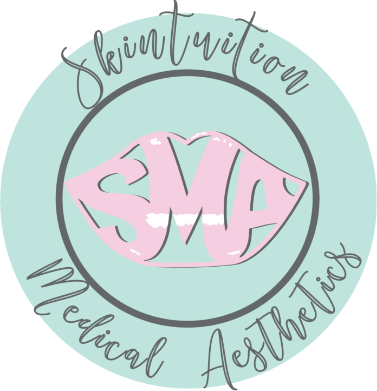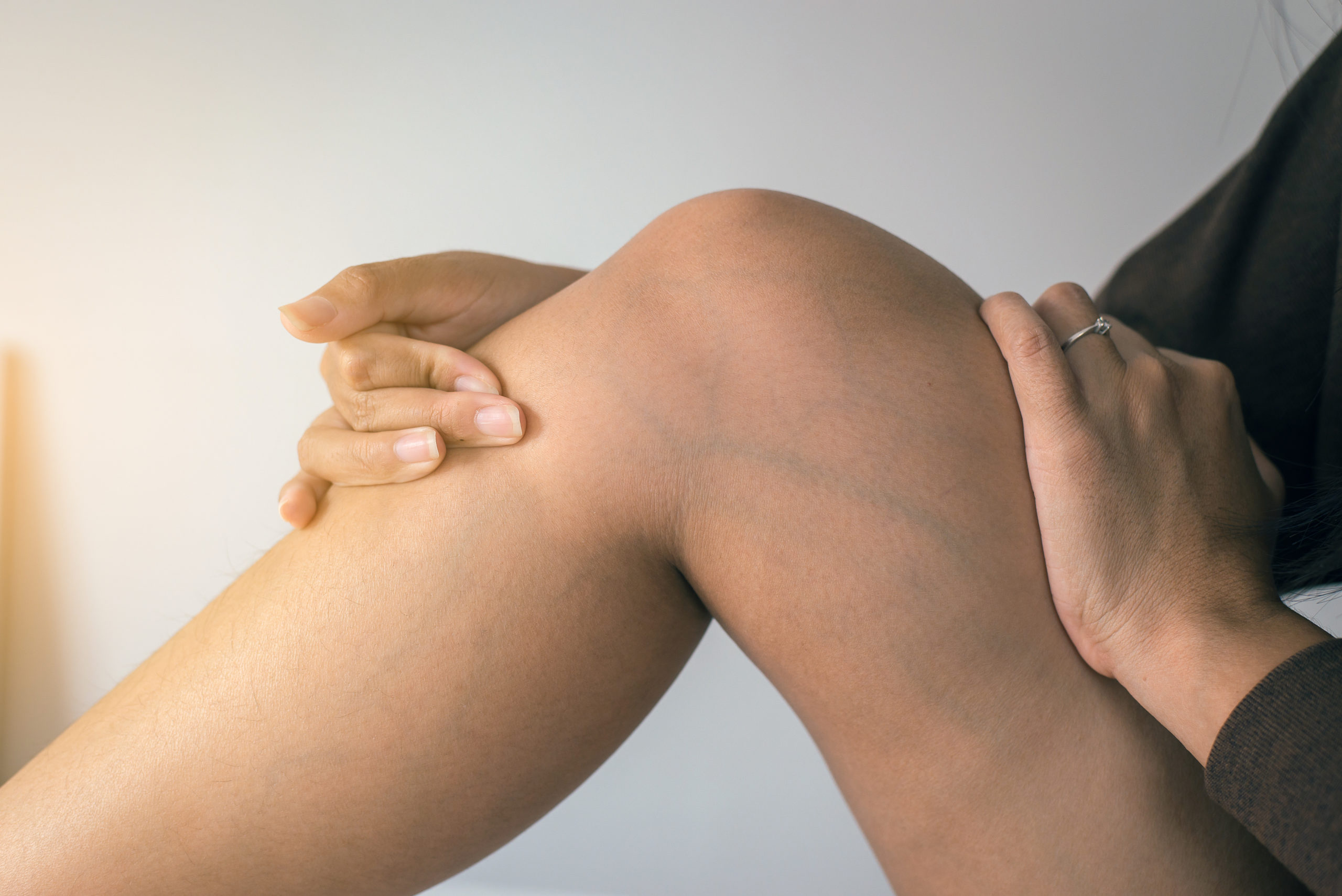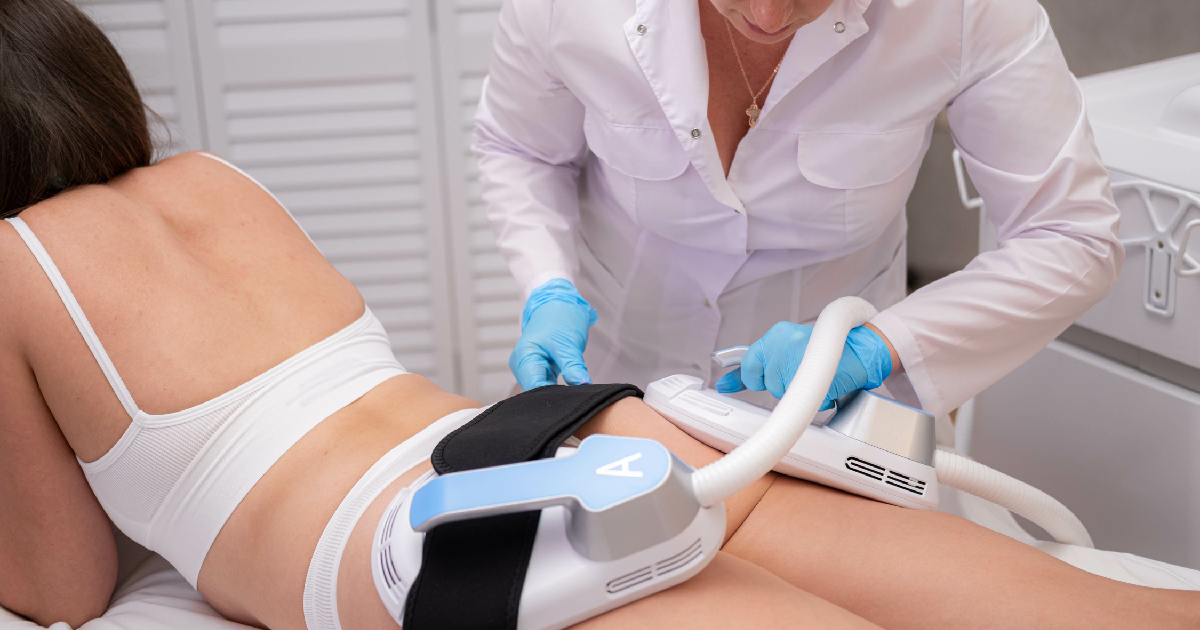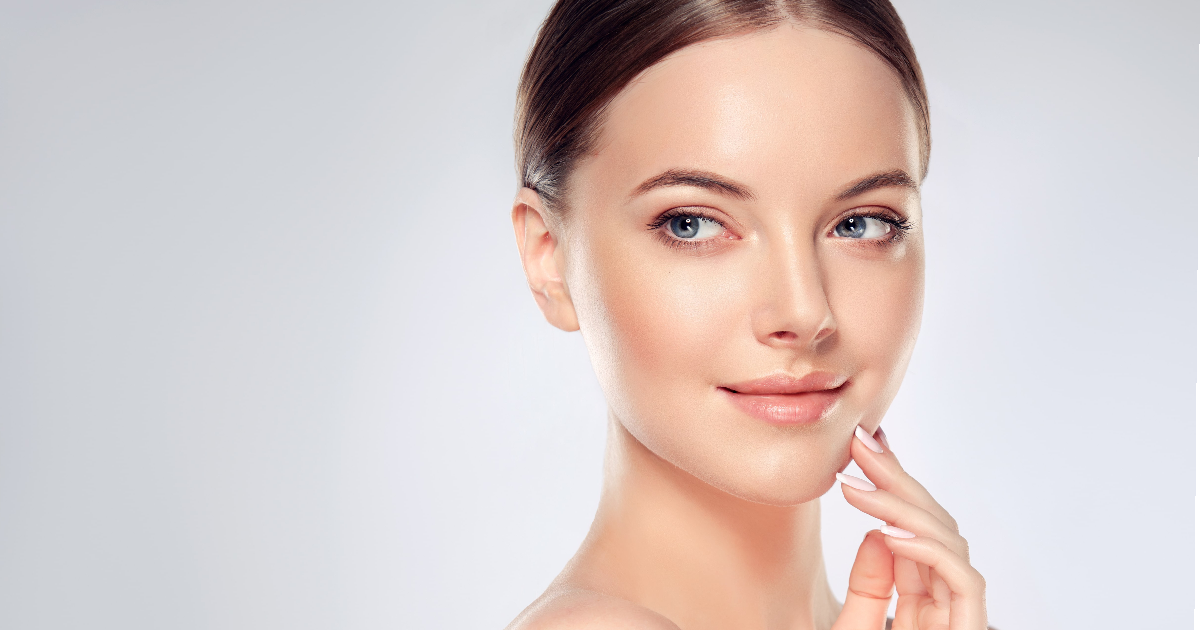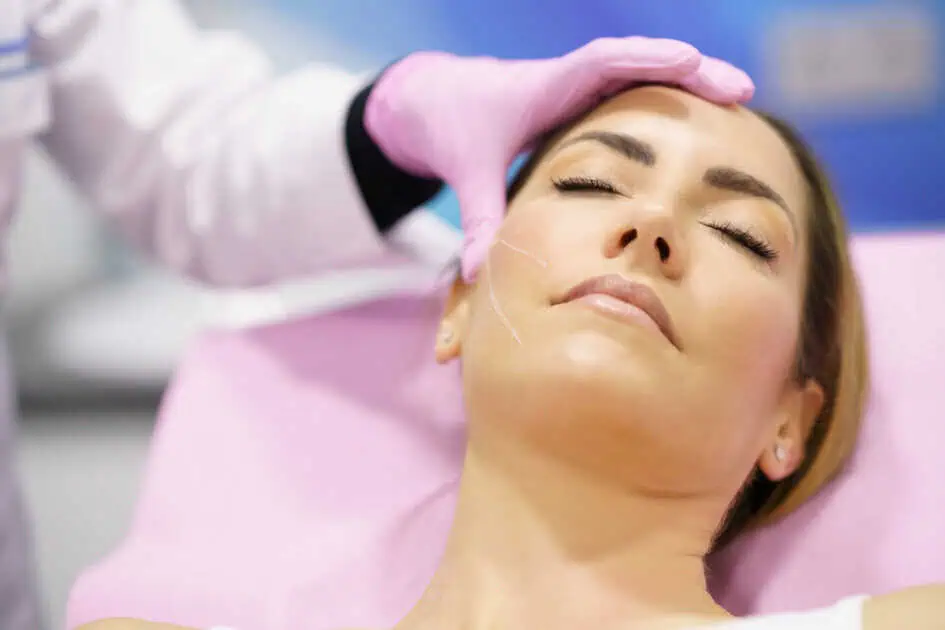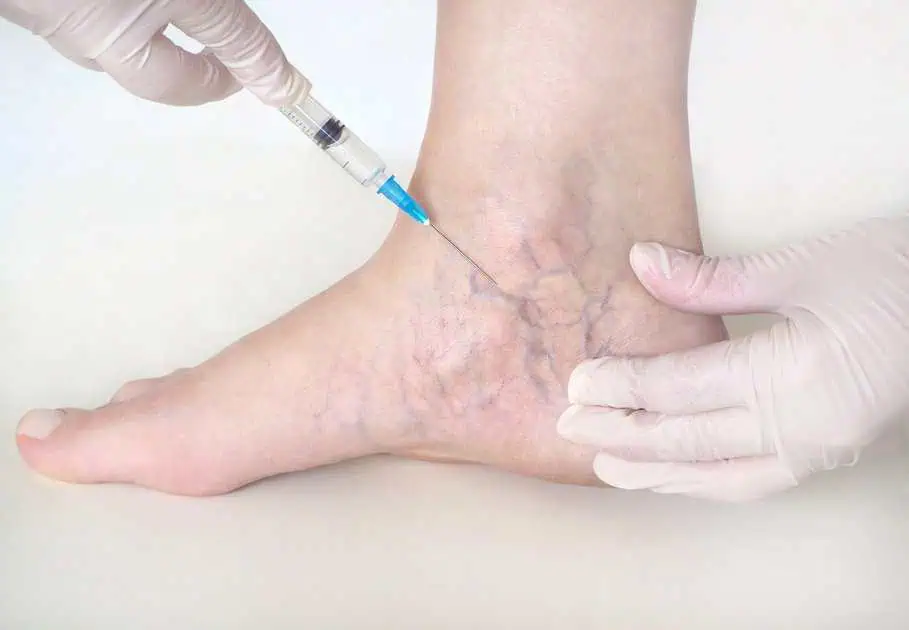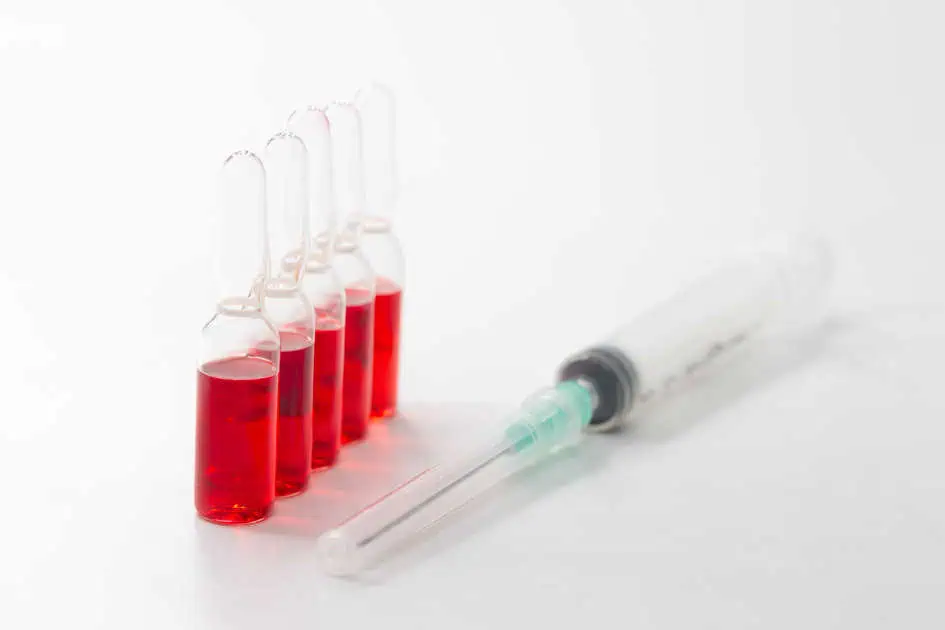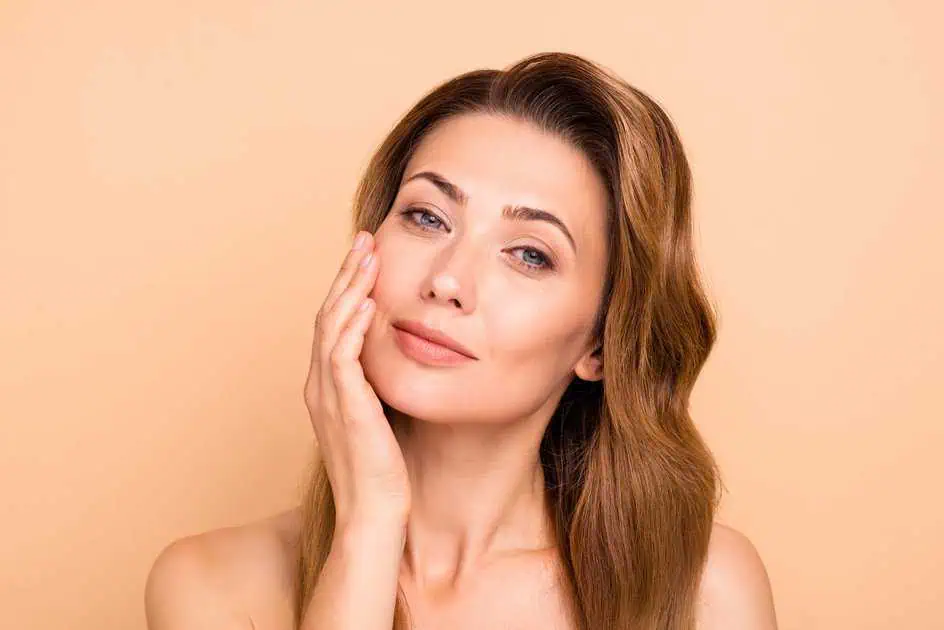Spider veins can mess up a person’s appearance while simultaneously causing uncomfortable leg pain. Superficial leg veins, sometimes called “spider veins,” occur when tiny veins congregate below the skin surface, causing red, blue, or purple discolorations. Some spider veins can be quite small, but they still can make a person self-conscious, and any treatment is usually done for cosmetic reasons only.
In general, spider veins are often red or blue near the skin’s surface. They occur mostly on the legs but may also appear on the thighs, ankles, feet, and face. Spider veins vary in size and often resemble the eponymous spider web, branches of a tree, and starburst clusters.
What Are Risk Factors For Spider Veins?
Similar to varicose veins, spider veins are caused by venous insufficiency. Normally, the veins carry blood from body tissues back to the heart to be replenished with oxygen and then re-circulated throughout the body.
To help the blood from the legs flow upward, and against gravity, each vein is equipped with tiny, one-way valves. With each pump of the heart, blood travels further through this series of valves, but when these valves fail or leak, blood collects or pools, causing the veins to exhibit their characteristic “spider web” appearance. Here are factors driving the appearance of spider veins, which include:
- Aging. Veins naturally weaken over time, making spider veins more likely.
- Genetics. Spider veins run in families. A person may have inherited valves that are prone to weakening. While spider veins don’t occur very often in young people, family history is usually the culprit.
- Overweight or obese. Extra weight puts more pressure on the veins and may eventually cause the valves to fail.
- Pregnancy. Pregnant women are vulnerable to spider veins due to weight gain and fluctuations in estrogen and progesterone levels, which can weaken the veins. While spider veins are usually permanent, those that develop during pregnancy sometimes go away once the baby is born and hormone levels stabilize.
- Standing still for long periods. The contraction of the leg muscles helps pump blood through the vessels. Standing for extended periods allows blood to stagnate in the veins.
- A sedentary lifestyle. Too much sitting also causes blood to stagnate. As for crossing the legs while seated, contrary to popular belief, it’s not a significant contributor to spider veins but can cause pain in people who already have them by reducing blood flow out of the legs.
- Wearing high heels. The muscles in the feet and ankles don’t contract well when walking in high heels. The muscle contraction is how the blood in the veins is pumped up the legs and back to the heart. Without it, the blood tends to pool in the legs.
- Sun exposure. While the sun doesn’t directly cause spider veins, heating the skin causes existing veins to dilate, or get more extensive, to help dissipate the heat.
- Injuries. It’s uncommon, but some traumas, such as being hit with a softball, can damage the veins and lead to spider veins.
What Are The Treatments For Spider Veins?
Generally, spider veins are harmless, but still, they can cause discomfort to some people. Most often, they are treated and removed for cosmetic reasons. In fact, there are different treatment options on which spider veins can be addressed, which include:
Compression Stockings or Socks
One way to place pressure on the veins in the lower legs is by wearing compression stockings or socks. This only means that the pressure from wearing them can help improve blood flow and prevent further spider veins. In addition, compression stockings may also help relieve leg swelling as well as lower the blood clot risk in the legs.
Below are types of compression stockings, which include:
- Gradient compression stockings and socks- which provide medium pressure around the feet, ankles, and calves. In fact, they are often available at specialist stores and pharmacies.
- Prescription compression stockings- which provide the most pressure on the feet and legs. Most often, they come in various sizes and strengths, as well as footless varieties. Prescription compression stockings are unsuitable for some people, including those with heart failure or other heart problems.
- Support pantyhose- which provide only light pressure but are available in many stores.
Sclerotherapy And Closure System
The treatment involves injecting an irritant directly into the affected vein. Simultaneously, the veins stick together and keep blood from flowing into the area due to irritation. Indeed, this type of treatment can shrink the vein and reduce swelling.
Over some time, the spider vein should fade or vanish. However, several treatments may be necessary to obtain the desired result.
Like Sclerotherapy, closure system treatment involves injecting a substance into the affected veins. This sticky substance closes the vein off from blood flow, causing the spider vein to fade or disappear over time.
Laser Treatment
The treatment involves using a laser to treat small spider veins near the skin’s surface administered by a health professional. To treat the spider veins, the intense, focused beam of light that the laser emits can cause the spider vein to clot and dry up. Unlike sclerotherapy and closure systems, laser treatments are less invasive since there is no injection, but they are typically less effective in reducing spider veins.
Endovenous Laser Therapy (EVLT)
A newer procedure has been added to treat spider veins, including small varicose veins. The procedure involves a small incision into the affected vein and then inserts a laser fiber, which the heat is applied directly to the vein and causes it to collapse. Additionally, local anesthesia may be used, while results may take several months or a year for the spider vein to disappear.
How To Prevent Spider Veins?
Although there is no assurance to prevent spider veins from developing, there are precautions that can lower the risk of having them. The following steps can be taken to reduce this risk:
- Maintain a healthy weight since being overweight can put more pressure on the leg veins.
- Avoid standing up or sitting down for long periods.
- Don’t cross the legs while sitting.
- Walk or get other physical activity that exercises the leg muscles, which can help improve blood circulation in the legs.
- Elevate the legs above the heart to maintain healthy circulation
- Wear lightweight compression stockings if the activity involves standing all day.
- Get treatment for varicose veins to lower pressure in the legs.
The Bottom Line
While spider veins are typically painless and do not cause health problems, some people may wish to treat them for cosmetic reasons. At Skintuition Medical Aesthetics, they treat spider veins with Sclerotherapy using Asclera®, the new gold standard treatment for leg veins. Ultimately, get ready to say goodbye to those unsightly, embarrassing veins, as this treatment damages the blood vessel lining, which causes the body to cleanse the vessel.
